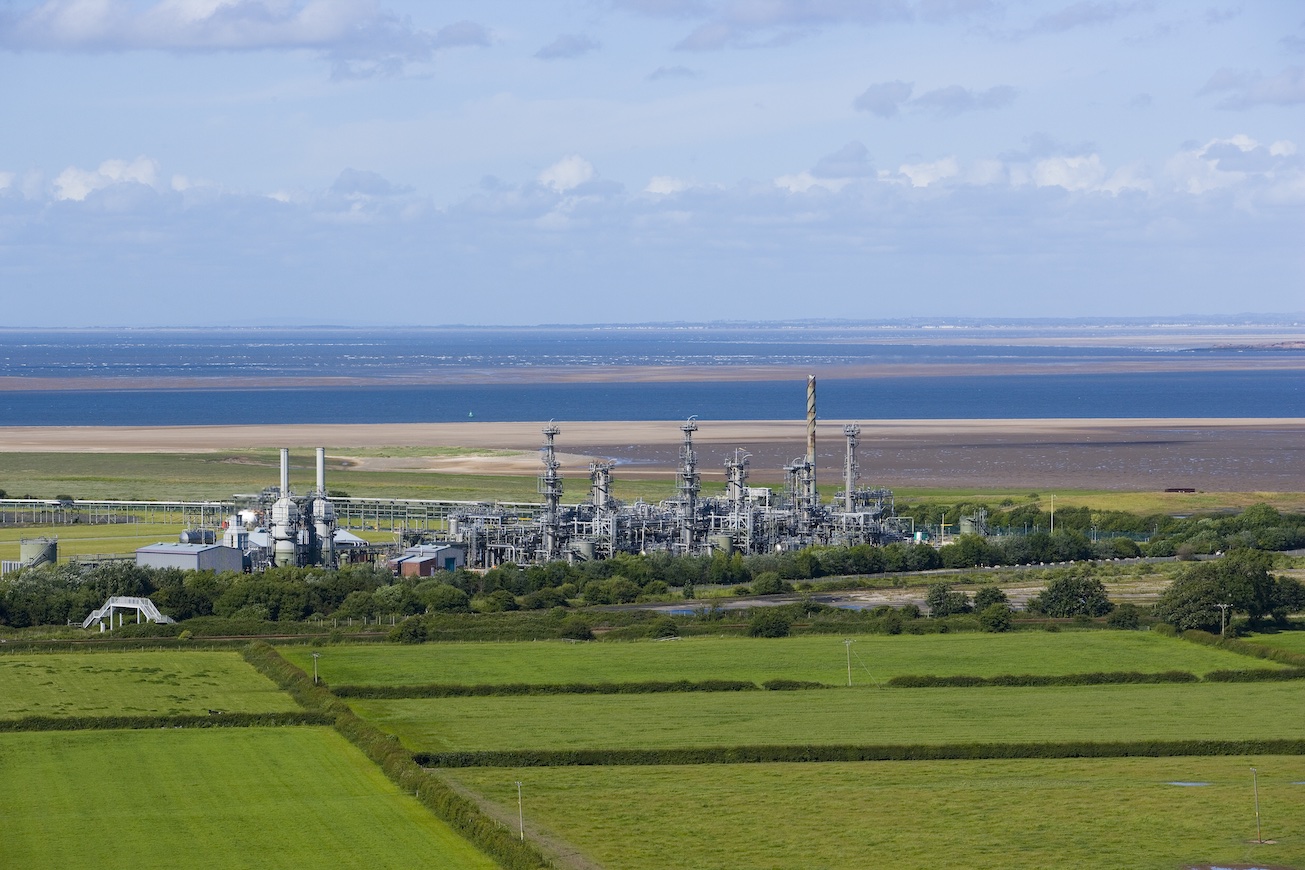ADVOCACY: Keeping the energy transition on track while securing supply
We are facing two complex and interrelated priorities: energy security, in terms of volumes and prices, and decarbonisation. Such priorities should not be seen in contrast. We need to change our energy system – supply and demand – in a way that meets the climate change timeframe, without negatively affecting energy prices and availability, enabling industries and infrastructures to transform
The war in Ukraine has further highlighted the complexity of the energy transition.
The conflict has added volatility to an energy market already characterised by tight supply and high prices. Several years of underinvestment in oil and gas have created a gap between global supply and demand, especially for natural gas, and the Ukraine crisis has exacerbated the situation, highlighting European energy fragility and its poor diversification in terms of geography and energy mix.
As soon as the war began, Eni moved promptly to replace gas from Russia, mainly leveraging our own production, allowing us to replace around 20 billion cubic metres of Russian gas per year by 2025. We will be able to cover around 50% of it starting in the winter of 2022–2023, around 80% in 2024 and 100% in the course of 2025. New volumes will be geographically diversified, from countries and regions including Algeria, Egypt, Congo, Nigeria, Qatar and Northern Europe.
At the same time, the urgency of decarbonising the economy has not faded away; we need to stay on track with the energy transition to achieve the net zero target by 2050. Today, in fact, we are facing two complex and interrelated priorities: energy security, both in terms of volumes and prices, and decarbonisation. Such priorities should not be seen in contrast. We need to change our energy system – both supply and demand – in a way that meets the climate change timeframe, without negatively affecting energy prices and availability, enabling industries and infrastructures to transform.
This transformation must be done gradually, using traditional sources by decarbonising them, while at the same time investing in technology to further develop and implement new energies, promoting a just energy transition that preserves the environment and broadens access to energy to foster inclusive development. We should not forget that more than 730 million people in the world, mostly in Africa, still have no access to electricity, and 2.4 billion people still cook using fuels that are detrimental to their health and the environment.
A three-pillar approach
As an energy company, our response to these priorities is to develop and deliver decarbonised products and services to our clients, with the objective of effectively contributing to the energy transition and tackling emissions from the use of our products. To achieve this goal, we developed a distinctive approach based on three pillars: proprietary technologies, new business and financing models, and enlarged stakeholder alliances.
Technology, and specifically proprietary technology, is at the foundation of our strategy. This has been the case in the past for our traditional businesses, and even more now to face the complexity of the energy transition. A neutral approach to all energy solutions enables us to deploy every available solution in a complementary way, based on the maturity of each option and its effectiveness at reducing emissions.
Technological innovation has been key in the evolution of energy systems. We must implement today’s innovations as fast as we can, while accelerating the development of more efficient, decarbonised technologies by:
continuing to pursue a more efficient use of energy (including a greater emphasis on the circular economy, better insulation of buildings and the many other ways we can reduce energy consumption);
reducing the share of coal, which is the most used source for the generation of electricity globally;
further reducing methane emissions from oil and gas operations, given their impact on climate;
accelerating investment in all available transition technologies and systems: better solar, wind, wave and tidal, biofuels together with hydrogen, carbon sequestration and use, and breakthrough technologies such as magnetic confinement fusion.
We must keep an eye on the long term and increase investment in breakthrough technologies such as magnetic confinement fusion, which holds the promise of a safe, virtually limitless source of clean energy from an infinitely available resource: hydrogen isotopes present in seawater. Since 2018, Eni has been the major investor in Commonwealth Fusion Systems, an MIT spinoff, which last year successfully tested the possibility of fusion confinement. Based on this important achievement, CFS intends to build the first pilot plant with net energy production by 2025, followed by the first industrial plant by the 2030s.
Technology underpins the development of new business and financing models and allows us to be at the forefront of market developments, so we can bring to scale and provide new, low-carbon solutions to our customers more quickly. With this perspective, we created dedicated business entities capable of independently accessing capital markets to fund their growth, with the objective of decarbonising traditional businesses while growing our new energy portfolio.
Finally, we can turn the goals of the energy transition into real action only by working together with all actors involved – from business to government, from civil society to international organisations, from research centres to the world of finance. Such stakeholder alliances are a necessary condition to effectively deploy new business models and technologies, facilitating the removal of barriers to change and creating momentum in support of the transformation that we need.
Eni’s main role as an energy company is to accelerate the development of new technologies and implement them on an industrial scale. We feel the responsibility to go beyond the reduction of our own emissions, to also target the abatement of those coming from the use of our products, providing decarbonised products and services to our customers.
We can reach these targets – as a company and as a global community – only if we adopt a diversified and neutral approach to technologies and work together across industries, in joint action with governments and communities.
Image: The Eni UK gas processing plant for carbon capture, utilisation and storage on the North Wales coast












